Introduction
Psychotic breaks, also known as episodes of psychosis, represent a complex mental health phenomenon where an individual loses contact with reality. These episodes can have profound effects on a person’s life and relationships if not properly understood and managed. This article seeks to provide a comprehensive insight into psychotic breaks, exploring their definition, symptoms, causes, and treatment avenues.
Understanding Psychotic Breaks
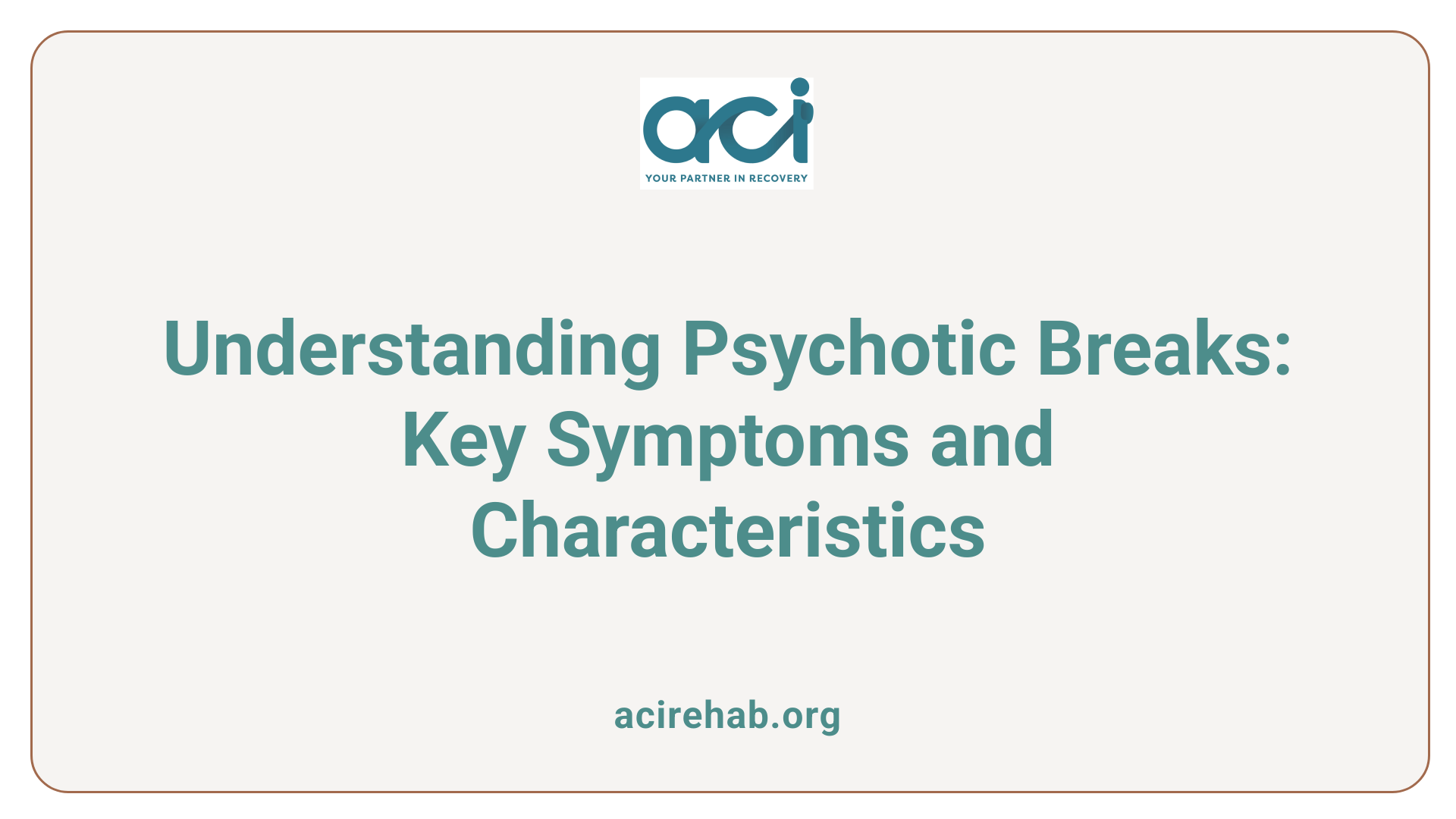
What is a psychotic break and what are its symptoms?
A psychotic break, often referred to as a psychotic episode, is characterized by a significant loss of touch with reality. Individuals experiencing a psychotic break typically exhibit various troubling symptoms, which may include:
- Delusions: Strongly held false beliefs that remain resistant to reasoning or contrary evidence. Common types include persecutory and grandiose delusions.
- Hallucinations: Sensory experiences that involve perceiving things that aren’t there, such as hearing voices or seeing figures.
- Disorganized Thinking: Incoherent speech and thought processes that can disrupt logical communication and make it challenging for the individual to express themselves clearly.
- Behavioral Changes: This can range from social withdrawal and increased suspiciousness to agitation and extreme emotional responses.
Characteristics of a psychotic episode
The onset of a psychotic episode often occurs in young adulthood, typically between the late teens and mid-20s, although it can emerge at any age. Approximately 15 to 100 out of every 100,000 people experience a psychotic break annually. The underlying causes can vary, including genetic predispositions, neurochemical imbalances, acute stressors, or trauma, and it is frequently associated with mental health conditions such as schizophrenia or bipolar disorder.
Management of a psychotic break usually involves antipsychotic medications and coordinated specialty care that emphasizes early intervention to facilitate recovery and reduce the likelihood of future episodes. This multi-faceted approach aims to stabilize the individual and enhance their quality of life.
Detecting Early Signs of Psychosis
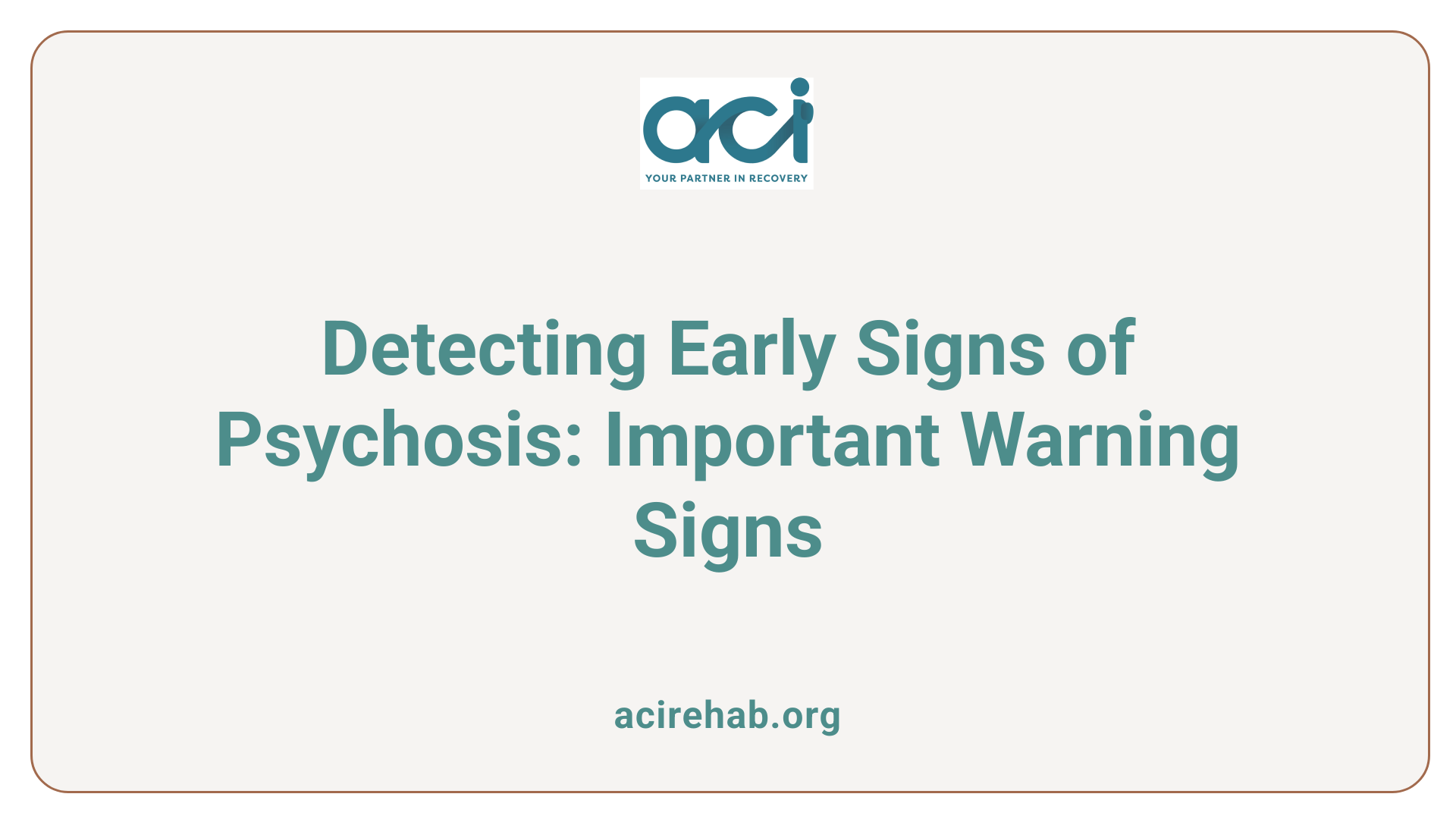
What are the early warning signs and phases of psychosis?
Detecting psychosis early can significantly impact recovery. Early warning signs often occur in the Prodromal Stage. In this phase, individuals may exhibit subtle changes, such as:
- Social Withdrawal: Decreased engagement with friends and family.
- Irritability: Increased frustration and emotional instability.
- Mood Shifts: Fluctuations from heightened anxiety to depressive feelings.
As the condition progresses to the Acute Phase, symptoms may escalate in severity. This phase is marked by:
- Hallucinations: Sensing things that are not present, like hearing voices.
- Delusions: Firm belief in false ideas, often leading to paranoia.
- Intense Anxiety: Heightened stress levels, fear, or confusion signaling urgent need for intervention.
Following the acute phase, individuals may enter the Stabilization Stage, where symptoms reduce, and the individual starts gaining control. This is followed by the Recovery Stage, focusing on regaining normalcy and reassessing treatment options. Finally, in the Long-term Management Stage, individuals acknowledge their experiences, develop coping strategies, and aim for fulfilling lives while managing their condition. Recognizing these phases and signs early can lead to better outcomes.
Psychotic Breaks vs. Nervous Breakdowns
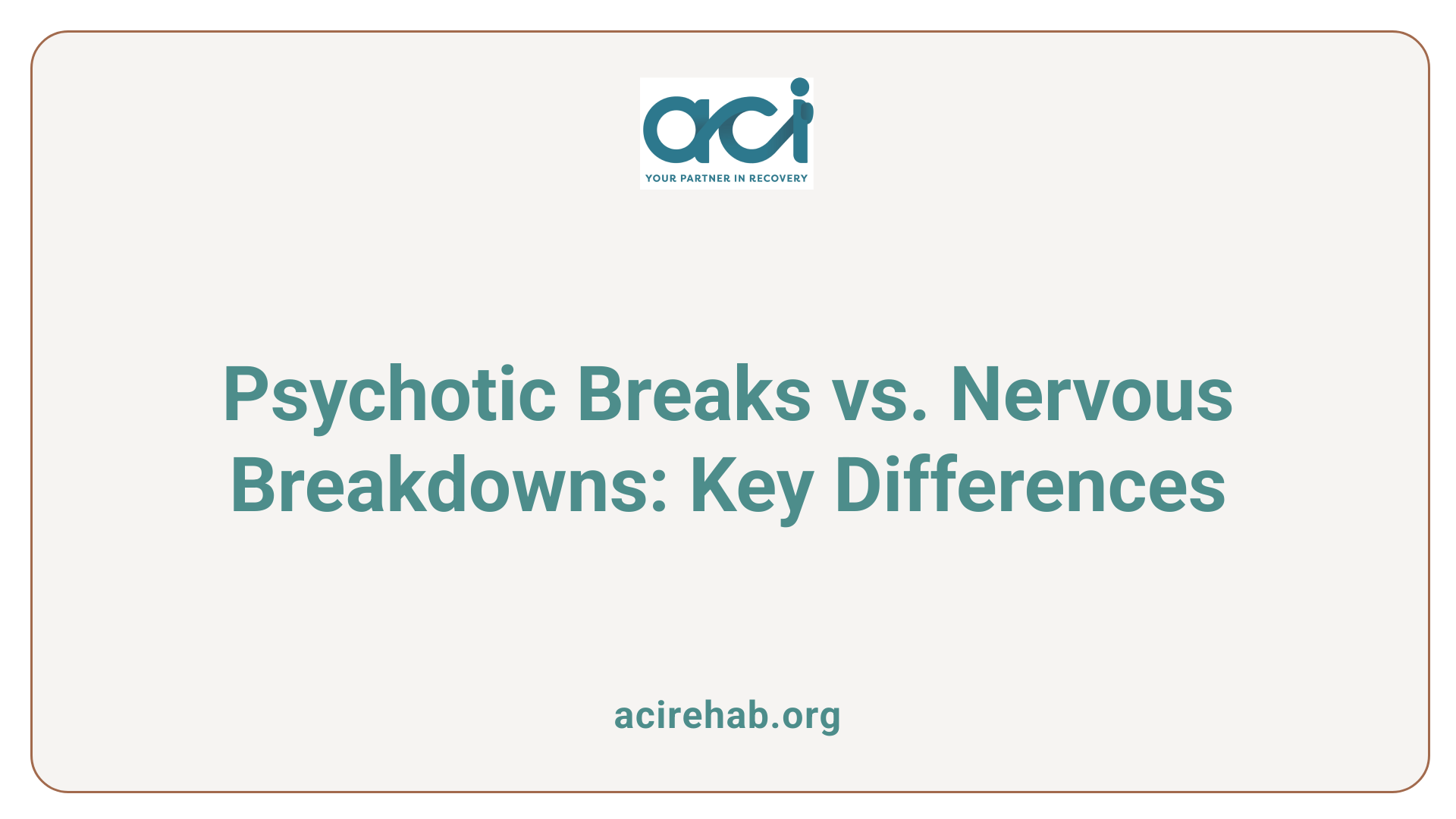
How does a psychotic break differ from a nervous breakdown?
A psychotic break is defined primarily by the loss of contact with reality, where individuals experience hallucinations, delusions, and disorganized thinking. These symptoms present a profound alteration in perception and thought processes, often stemming from severe mental health disorders such as schizophrenia or bipolar disorder.
In contrast, a nervous breakdown does not typically involve such severe disturbances in reality. Instead, it’s characterized by a state of overwhelming stress that leads to an inability to cope. Symptoms can include intense anxiety, emotional distress, insomnia, and significant cognitive difficulties such as trouble concentrating.
| Feature | Psychotic Break | Nervous Breakdown |
|---|---|---|
| Reality Perception | Loss of touch with reality (hallucinations, delusions) | Coping difficulties without loss of reality |
| Associated Conditions | Severe mental disorders (e.g., schizophrenia) | Overwhelming stressor-related conditions |
| Behavioral Changes | Disorganized thinking, significant changes in behavior | Anxiety, emotional numbness, withdrawal |
| Treatment | Requires antipsychotic medication, potential hospitalization | Typically involves therapy and stress management |
Recognizing the differences is crucial for timely intervention and appropriate treatment, which is pivotal for recovery in both conditions.
Triggers and Recurrence of Psychotic Episodes
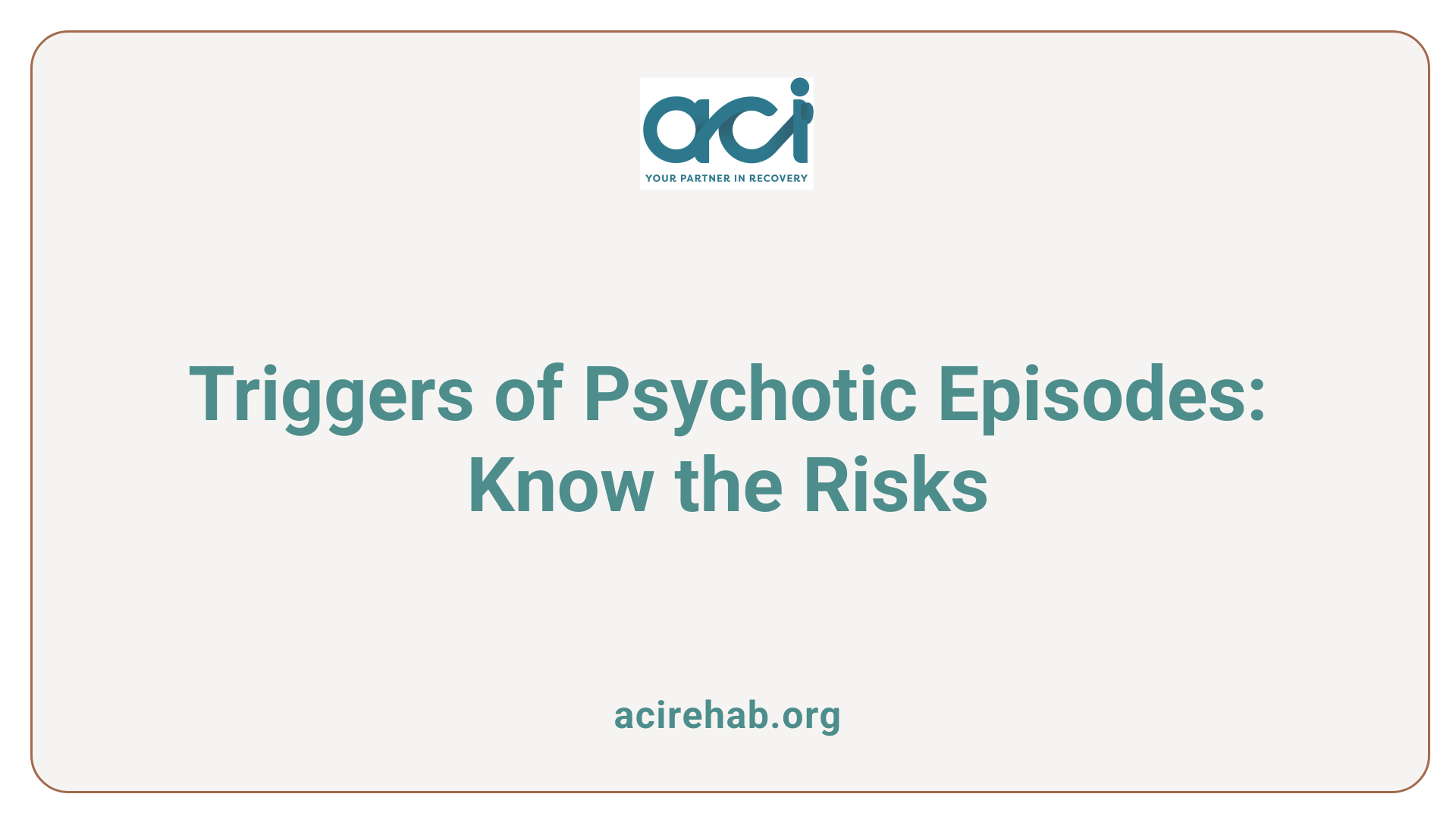
What can trigger a psychotic episode?
Psychotic episodes can arise from a myriad of factors. Common triggers include:
- Psychological Conditions: Disorders like schizophrenia, bipolar disorder, and major depression are frequently associated with psychosis.
- Medical Issues: Conditions such as Alzheimer’s disease, brain infections, or tumors can lead to psychotic symptoms.
- Substance Misuse: Use of drugs or alcohol significantly increases the risk, as well as withdrawal from these substances. The impact of substances, especially during youth, can have lasting effects on mental health.
- Stress and Trauma: Severe life stressors, traumatic experiences, and even chronic sleep deprivation can precipitate a psychotic episode.
- Medication: Certain prescriptions, especially those affecting neurotransmitter systems, might trigger psychosis.
- Family History: A genetics background contributing to mental illness can also heighten someone’s susceptibility.
Can someone go in and out of psychosis and what is the likelihood of recurrence?
Yes, individuals may experience episodes of psychosis intermittently. Approximately 3 out of 100 young people will face a psychotic episode in their lifetime. Most will recover fully, with 25% not having another episode afterward. For those who do have multiple instances, around 50% can still lead normal lives, particularly if they receive appropriate treatment and support.
The course of psychosis typically occurs in phases: the prodromal phase with early signs, the acute phase with pronounced symptoms, and finally the recovery phase. Early intervention plays a crucial role in improving long-term outcomes, making access to specialized care essential.
| Trigger Type | Description | Examples |
|---|---|---|
| Psychological Conditions | Underlying mental health disorders leading to symptoms. | Schizophrenia, Bipolar Disorder, Severe Depression |
| Medical Issues | Conditions affecting brain or body functions. | Alzheimer’s Disease, Brain Tumors, Infections |
| Substance Misuse | Use or withdrawal from drugs/alcohol. | Cannabis, Cocaine, Withdrawal Effects |
| Stress and Trauma | Significant life events or stressors impacting mental health. | Bereavement, Job Loss, Major Life Changes |
| Medication | Certain drugs that may have psychosis as a side effect. | Antidepressants, Antipsychotics |
Treatment and Management Strategies
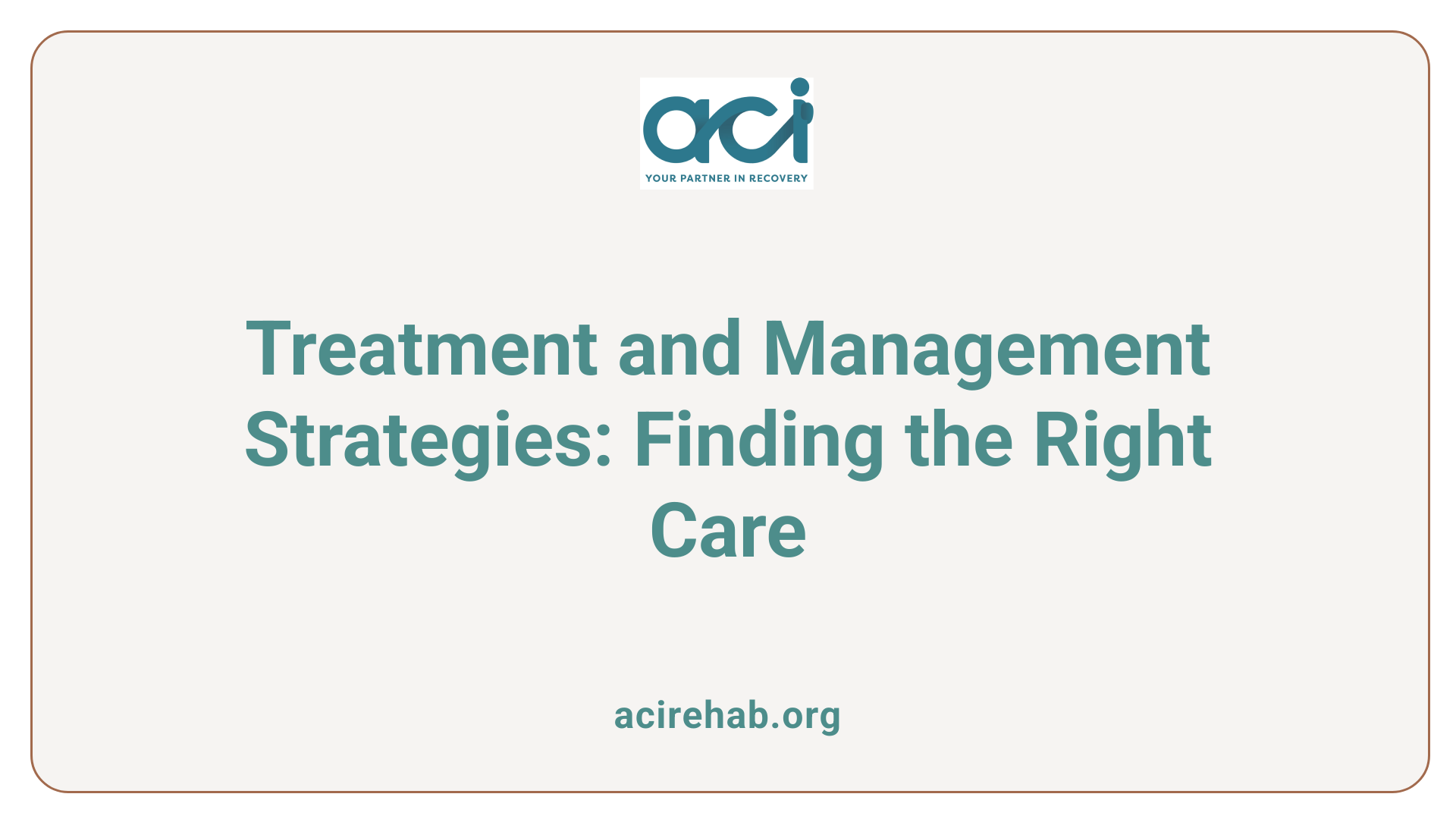
What are the treatment options for psychotic breaks?
Treatment options for psychotic breaks typically involve a well-rounded approach combining medications, psychological therapies, and social support.
1. Antipsychotic Medications
These are generally the first line of treatment aimed at reducing symptoms like hallucinations and delusions. They work by blocking neurotransmitters, particularly dopamine, which is believed to play a role in psychosis.
2. Psychological Therapies
Cognitive Behavioral Therapy (CBT) is a key component, helping individuals manage distress and anxieties surrounding their psychotic experiences.
3. Family Intervention
Involving family members in the therapeutic process can provide support and education, allowing families to better understand what their loved one is experiencing.
4. Inpatient Care
For severe cases that pose a risk to self or others, hospitalization may be necessary to ensure the patient’s safety and facilitate intensive treatment.
5. Community Support Programs
Once stabilized, long-term recovery is often supported through community care initiatives, which aid social reintegration and ongoing management of symptoms.
Managing Psychotic Breaks
Effective management requires identifying early warning signs of psychosis and seeking intervention promptly. During a psychotic episode, the priority is safety, both for the individual and those around them. Establishing a supportive environment and understanding the importance of treatment adherence can greatly improve recovery outcomes.
Responding to Psychosis: Steps to Take
When to Seek Help
Recognizing the early warning signs of a psychotic episode is critical. Look for changes like social withdrawal, difficulty concentrating, increased suspicion of others, and sleep issues. If these symptoms escalate to auditory or visual hallucinations or strong delusions, it is time to seek professional help. Early intervention can significantly improve the chances of recovery.
Immediate Measures During an Episode
If you encounter someone experiencing a psychotic episode, remain calm and approach them in a non-judgmental manner. Effective communication is crucial, so use simple, clear sentences. Here are some steps to follow:
- Show Empathy: Acknowledge their feelings and validate both positive and negative experiences.
- Mirror Language: Using the same terminology they are using can help create a bond.
- Maintain Space: If they seem uncomfortable, provide some distance and avoid sudden movements or physical contact.
- Seek Assistance: If there’s a risk to their safety or yours, don’t hesitate to contact emergency services for professional help.
Recognizing these strategies can be integral in offering support during such a challenging time.
Conclusion
Psychotic breaks distinctly impact the lives of those affected as well as their families and communities. Early identification, understanding common triggers, and knowing the treatment options can significantly improve outcomes for individuals experiencing psychosis. By fostering an empathetic and supportive environment, society can help individuals navigate these challenging episodes, emphasizing recovery and long-term well-being.
References
- Understanding Psychosis – National Institute of Mental Health (NIMH)
- Understanding Psychotic Breaks | NAMI
- Overview – Psychosis – NHS
- A Psychotic Break vs. a Mental Breakdown: Comparing Symptoms …
- What is Psychosis – Yale School of Medicine
- Early signs of psychosis | Washington State Health Care Authority
- Psychotic Break Vs. Nervous Breakdown | Charlie Health
- Symptoms – Psychosis – NHS

